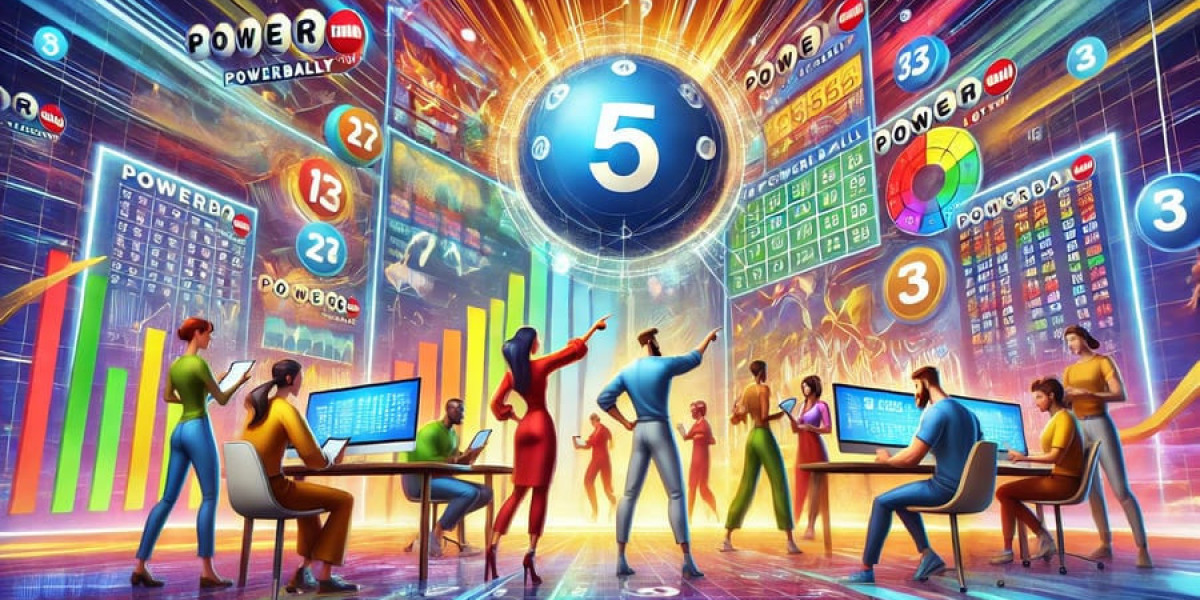Virtual Reality Headsets: A Gateway to Immersive Digital Experiences
Introduction
Virtual reality (VR) headsets are devices that provide users with an immersive digital experience by stimulating their senses, particularly sight and sound, to create the illusion of being in a virtual environment. These headsets are used in a wide variety of applications, including gaming, entertainment, training, education, healthcare, and more. With advancements in technology, VR headsets are becoming more accessible, affordable, and capable of delivering incredibly realistic experiences.
Virtual Reality Headsets Market Size was estimated at 10 (USD Billion) in 2024. The Virtual Reality Headsets Market Industry is expected to grow from 11.61 (USD Billion) in 2025 to 60 (USD Billion) by 2035. The Virtual Reality Headsets Market CAGR (growth rate) is expected to be around 16.11% during the forecast period (2025 - 2035)
Key Features of Virtual Reality Headsets
- Display Technology
The display is a critical component, with modern VR headsets featuring high-resolution screens (OLED, LCD) that enhance image clarity and reduce motion sickness. A wider field of view (FOV) and faster refresh rates contribute to a more seamless and realistic experience.
- Motion Tracking
To track the user's head movements and provide accurate interaction within virtual environments, VR headsets rely on sensors like accelerometers, gyroscopes, and external cameras. This technology enables precise movement tracking, helping users navigate and engage with the VR world.
- Audio Systems
Immersive sound is crucial for a complete VR experience. Many headsets come with built-in spatial audio systems that simulate 3D sound, enhancing the feeling of presence within virtual environments.
- Controllers and Haptics
Handheld controllers or motion sensors are often used to interact with virtual objects, while haptic feedback provides tactile sensations, further enhancing realism and engagement.
Market Segmentation for Virtual Reality Headsets
By Type of Headset
- Wired VR Headsets
These headsets require a physical connection to a computer or gaming console for processing power. They offer higher performance but are limited by cable length. - Standalone VR Headsets
These headsets are all-in-one devices with built-in processing power, meaning they don’t require a PC or console. They are more portable and user-friendly. - PC VR Headsets
PC-connected headsets deliver higher processing power and visual quality but need a powerful computer to run them. - Console VR Headsets
Designed specifically for consoles like PlayStation, these headsets are optimized for use with gaming systems.
By Application
- Gaming and Entertainment
Virtual reality headsets are most commonly used in gaming, providing immersive experiences that enhance interaction and realism. - Healthcare and Medical Training
VR is used in medical simulations, pain management, and therapeutic treatments. Virtual reality headsets are particularly useful for training medical professionals or performing virtual surgeries. - Education and Training
VR headsets provide simulations for educational purposes, from virtual classrooms to vocational training programs, offering a hands-on experience without the real-world risks. - Industrial Applications
Virtual reality is used in manufacturing, design, and construction, allowing workers to simulate and test products or environments before real-world production.
By End-User
- Consumers
A major segment for VR headsets, with increasing adoption in gaming and entertainment. - Enterprises
VR is widely used for training, simulation, and design in sectors like aerospace, automotive, and healthcare. - Education Institutions
Schools and universities utilize VR for immersive learning experiences.
Benefits of Virtual Reality Headsets
- Enhanced User Experience
VR headsets provide a level of immersion that traditional screens or monitors cannot match, enabling users to engage fully with digital content. - Improved Learning and Training
For educational and training purposes, VR headsets offer the ability to simulate real-world scenarios in a safe, controlled environment, enhancing learning outcomes. - Entertainment Revolution
In the entertainment sector, VR offers users experiences beyond traditional movies and games, allowing for interactive storytelling and new forms of content creation. - Physical Rehabilitation
In healthcare, VR headsets are used for physical therapy, allowing patients to undergo exercises and activities in a virtual environment.
Trends Shaping the Virtual Reality Headset Market
- Advancements in Display Technology
The development of higher resolution displays, such as 4K or even 8K screens, is improving the visual quality of VR headsets, reducing pixelation and enhancing realism. - Wireless and Standalone VR
The trend toward wireless, standalone VR headsets is making VR more accessible and convenient, with devices like the Oculus Quest leading the charge. - Augmented Reality (AR) Integration
As AR and VR technologies converge, hybrid devices are being developed to offer both augmented and virtual reality experiences, expanding the potential use cases. - Improved Motion Tracking and Feedback
Ongoing improvements in motion tracking and haptic feedback technologies are making VR experiences more responsive and interactive.
Challenges in Virtual Reality Headset Adoption
- High Cost
High-quality VR headsets, especially those that require powerful PCs or consoles, can be expensive, limiting their accessibility for some consumers and organizations. - Motion Sickness
Some users experience discomfort, such as dizziness or nausea, during extended use of VR headsets. Manufacturers are continually improving frame rates and minimizing latency to address this issue. - Limited Content
While VR gaming and entertainment are growing rapidly, the availability of high-quality, engaging content remains limited compared to traditional forms of media.
Virtual reality headsets have transformed how we interact with digital environments, offering immersive experiences that are revolutionizing gaming, education, healthcare, and more. As technology continues to evolve, the potential applications of VR are expanding, creating new opportunities for industries and consumers alike.
Get Related Reports:


